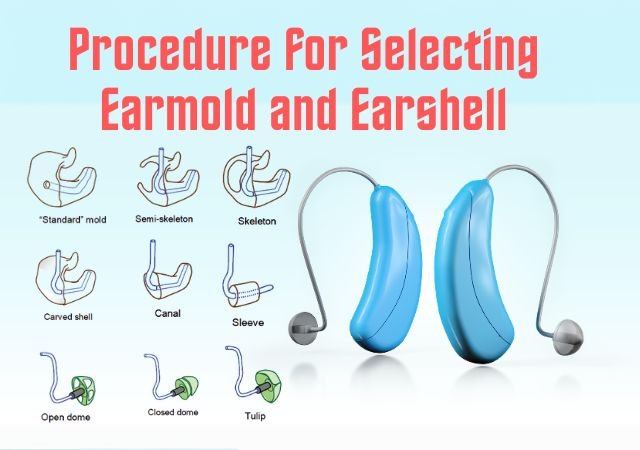
Core Vocabulary Approach – Goals | Steps | Activities: According to Dodd, Crosbie, and Holm, “the treatment of choice” for kids with erratic speech sound outputs who could be resistive to contrast therapy or conventional therapy is the core vocabulary approach. They contend that by enhancing the consistency of whole-word output and treating speech processing issues, this treatment affects systemic change. This article explores two innovative methods: the Core Vocabulary Approach and the Cycle Approach, both of which aim to enhance communication abilities, making it easier for individuals to express themselves and connect with others.
What is Core Vocabulary?
Core vocabulary refers to a set of high-frequency words that are essential for effective communication. These words are versatile and can be used in various contexts. They form the foundation of language and are crucial for expressing basic needs and wants.
The Core Vocabulary Approach
The Core Vocabulary Approach is a systematic method that focuses on teaching core vocabulary words to individuals with speech and language disorders. It emphasizes the importance of mastering these fundamental words before expanding one’s vocabulary further.
Core Vocabulary Intervention: Target Audience
Core Vocabulary Intervention is primarily designed for individuals with speech and language disorders, including but not limited to:
- Children with developmental language disorders
- Individuals with aphasia
- Non-verbal individuals on the autism spectrum
Core Vocabulary Approach Goals
The Core Vocabulary Approach offers the advantage of simplicity and practicality. It allows learners to focus on a manageable set of words, making it easier to integrate into daily communication. However, it may not address the specific needs of individuals with highly specialized vocabulary requirements.
Core Vocabulary Approach Steps
Step 1: Vocabulary Selection
In Core Vocabulary Intervention, the selection of core words is crucial. These words should be relevant to the individual’s daily life and communication needs. Common core words include “more,” “eat,” “drink,” and “help.”
Step 2: Communication Aids
Augmentative and alternative communication (AAC) devices and systems are often used in Core Vocabulary Intervention to facilitate communication. These aids include communication boards, speech-generating devices, and mobile apps.
Step 3: Goal Setting
Speech-language pathologists work with individuals to set specific communication goals. These goals are tailored to the individual’s needs and may include objectives like requesting, commenting, and asking questions.
Step 4: Consistent Practice
Consistency is key in core vocabulary intervention. Regular practice and reinforcement of core vocabulary words help individuals become proficient in using them during daily interactions.
Core Vocabulary Approach Activities
- Sentence Construction: Individuals practice constructing sentences using core vocabulary words. This activity enhances their ability to express themselves effectively.
- Role-Playing: Role-playing scenarios allow individuals to use core vocabulary words in context, improving their social communication skills.
- Storytelling: Creating stories using core vocabulary words helps individuals enhance their narrative abilities and engage in imaginative communication.
Conclusion
In conclusion, the Core Vocabulary Approach stands out as a valuable and targeted intervention for individuals facing challenges in speech and language development. The emphasis on high-frequency core words and systematic teaching methods addresses the needs of diverse populations, including children with developmental language disorders, individuals with aphasia, and non-verbal individuals on the autism spectrum. By simplifying communication goals and promoting consistent practice through various activities, this approach facilitates meaningful systemic change. Moreover, when compared to traditional therapies, the Core Vocabulary Approach offers a practical and versatile solution, making it a treatment of choice for those resistant to contrast therapy. As we delve into innovative methods such as the Core Vocabulary Approach and the Cycle Approach, we pave the way for enhanced communication abilities, ultimately fostering stronger connections and empowering individuals to express themselves more effectively in the world.
FAQs about Core Vocabulary Approach – Goals | Steps | Activities
1. What exactly is the Core Vocabulary Approach?
The Core Vocabulary Approach is a systematic method focused on teaching high-frequency words crucial for effective communication, especially for individuals with speech and language disorders. It prioritizes mastering fundamental words before expanding vocabulary further.
2. Who can benefit from the Core Vocabulary Approach?
The approach is beneficial for individuals with various speech and language disorders, including developmental language disorders in children, aphasia in adults, and non-verbal individuals on the autism spectrum.
3. What are the primary goals of the Core Vocabulary Approach?
The approach aims to simplify communication by focusing on a manageable set of words, enhancing daily integration for learners. However, it might not cater to highly specialized vocabulary needs.
4. What are the key steps involved in the Core Vocabulary Approach?
The approach involves four primary steps:
- Vocabulary Selection: Choosing relevant core words related to daily life and communication needs.
- Communication Aids: Utilizing tools like AAC devices, communication boards, and apps.
- Goal Setting: Collaborating with speech-language pathologists to set specific communication objectives.
- Consistent Practice: Regular reinforcement and practice of core vocabulary words in daily interactions.
5. What kind of activities are part of the Core Vocabulary Approach?
Various activities are used:
- Sentence Construction: Practicing constructing sentences with core words.
- Role-Playing: Engaging in scenarios that encourage using core vocabulary in context.
- Storytelling: Creating narratives using core words to enhance communication skills and imaginative abilities.
References:
- SPEECH CORRECTION An Introduction to Speech Pathology and Audiology 9th Edition Charles Van Riper [Book]
- Articulation and Phonological disorder Speech Sound Disorders in Children 8th Edition – John E Bernthal [Book]
- Assessment in Speech Language Pathology A Resource Manual 5th Edition, Kenneth G. Shipley, Julie G. McAfee [Book]
- Manual on Developing Communication Skill in Mentally Retarded Persons T.A. Subba Rao [Book]







0 Comments